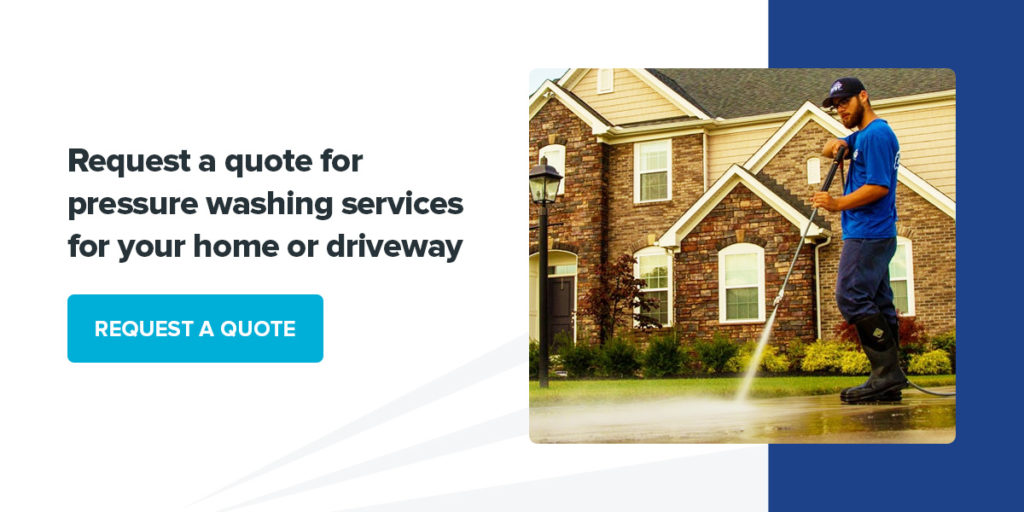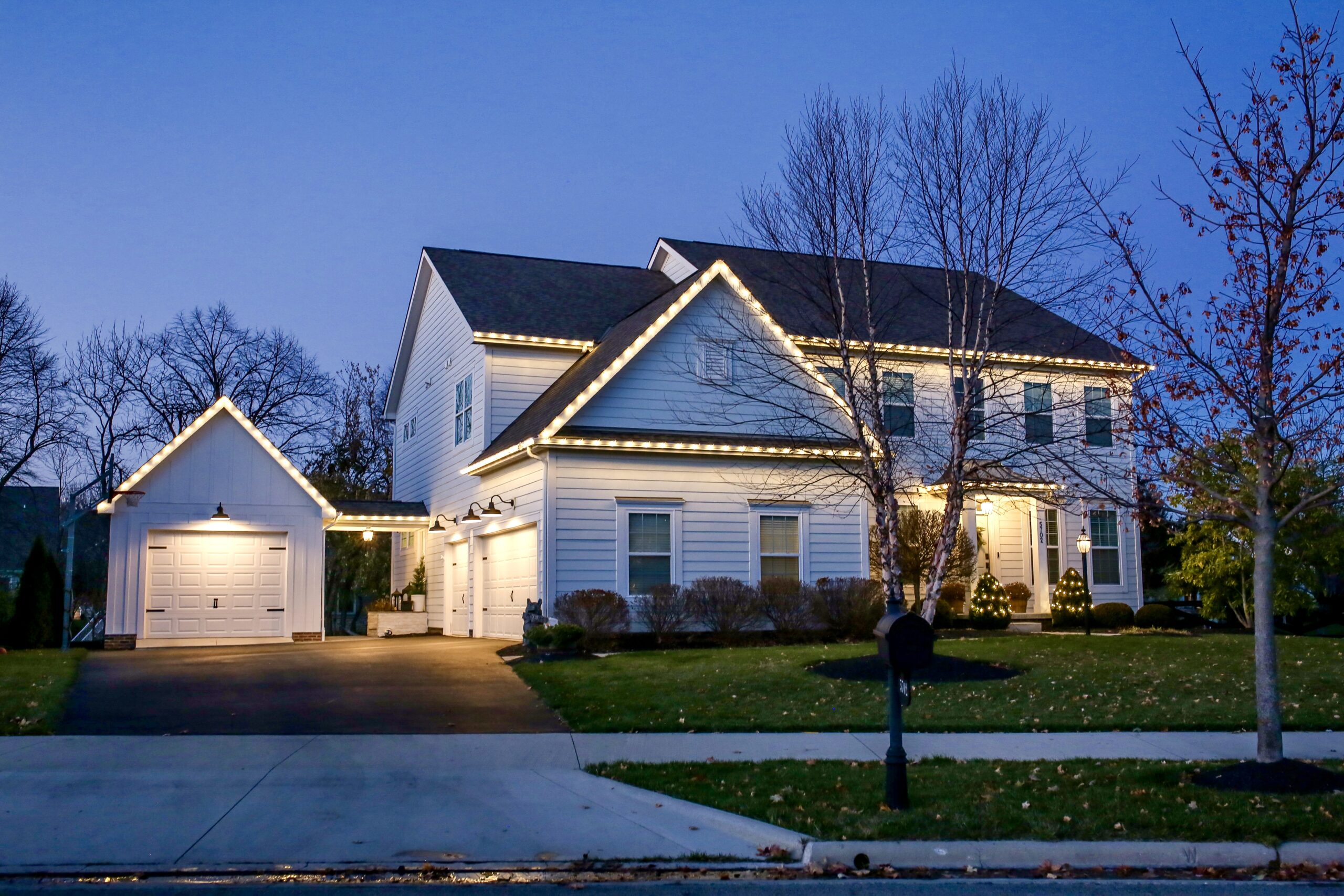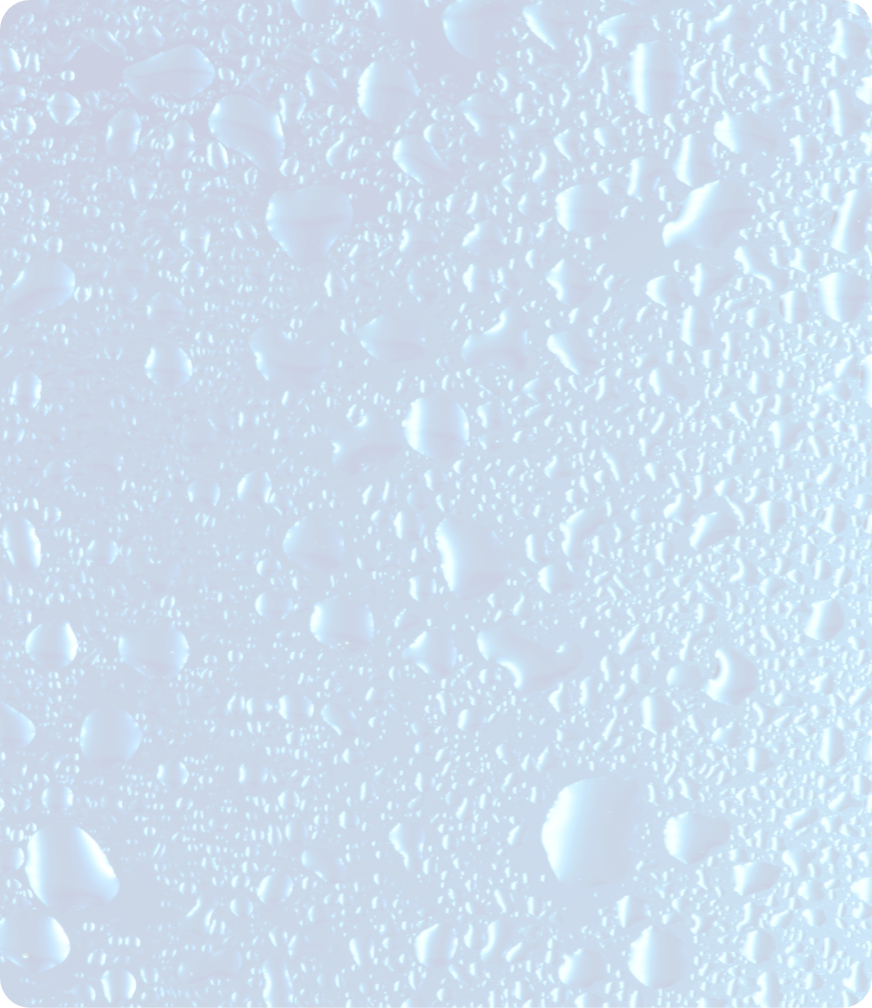Cracked concrete is unappealing and creates hazards as the damage worsens. Fortunately, most causes of cracking concrete are at least partially avoidable. Age compromises concrete structures, but maintenance can extend their longevity.
Why Did My Concrete Crack? Understanding the Causes of Concrete Cracking
Concrete cracks for several reasons:
Environmental factors: Exposure to extreme weather, caustic chemicals and other harsh conditions can cause concrete to weaken and crack over time.
Freezing and thawing: In colder climates, water can enter concrete, then freeze and expand as the temperature drops. When the weather gets warmer, the concrete will contract. As the cycle repeats, new cracks can appear and widen.
Settling: Uneven ground beneath the concrete can cause settling that leads to cracks.
Overloading: Excessively heavy loads on a concrete surface can cause cracking.
Poor installation: Cracking can occur due to installation issues like incorrect concrete mixing or improper design.
Freeze-Thaw Cycles and Prevention
Winter weather significantly contributed to concrete cracks. The material’s pores absorb moisture, which freezes and expands, eventually causing pitting, chipping and cracking. Anti-ice agents like salt can further damage the concrete’s surface. After several freeze-thaw cycles, the cracks will expand over time, eventually creating the need for a surface replacement.
Several prevention procedures are available to prevent freeze-thaw cycle damage. Ensuring proper drainage can keep water from pooling on the surface and penetrating the concrete. Stopping ice from accumulating can also work, but it requires significant time and effort.
Applying a high-quality sealer is an effective method that creates a barrier and minimizes water absorption. Perfect Power Wash’s Concrete Wash and Seal cleans the surface’s pores before sealing them, strengthening your concrete and protecting it from cracks.
Protecting and Maintaining New Concrete
Newly poured concrete looks fantastic and will provide many years of reliable service if it receives timely preventive maintenance. Following these best practices will keep the surface in peak condition and prolong its life span:
- Proper curing immediately after pouring will keep the concrete moist and make it stronger.
- Clean the surface regularly to remove debris.
- While the concrete is new, a power washing wand offers a sufficient clean with the appropriate pressure.
- After three years, you can power wash the concrete to remove dirt, grime and mold. While you can use a wand to clean newer concrete, you cannot use a surface cleaner on these areas.
- Inspect the concrete periodically and repair cracks as soon as possible.
The curing agent on new concrete fades, but washing it improperly accelerates the process. After power washing, consider applying a protective sealant. Our proprietary siloxane-silane sealant penetrates the concrete’s pores, strengthening the material and protecting it from freeze-thaw cycles.
Why Is My Concrete Cracking? Perfect Power Wash Has the Answer
The professionals at Perfect Power Wash have spent 20+ years beautifying and protecting properties like yours. We guarantee to deliver the best results possible for your property using our safe and effective processes, or your money back.
For a free estimate, call our team at 724-306-6575 today!





